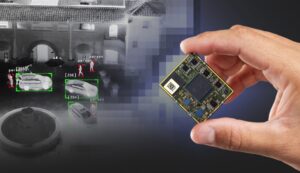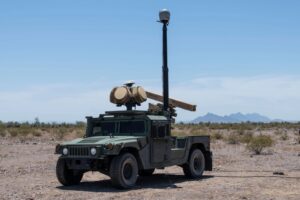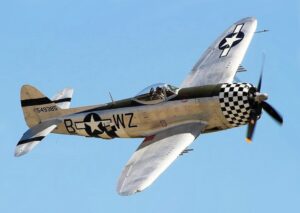Zipline, which is generally considered the world leader in drone deliveries, has achieved a historic milestone: completing one million commercial drone deliveries to customers.
It’s a huge leap for the drone delivery space, especially when you account for the company’s exponential growth in achieving the milestone. About 70% of those one million deliveries were executed in the last two years alone.
Check out this graphic showing Zipline’s commercial drone deliveries over time:

And how’s this for a wild fact: one million drone deliveries equates to more than 70 million miles flown. Those flights have spanned four continents and have delivered more than 10 million products.
Zipline has done so many flights across all its aircraft that it’s clocked more than 1 million flight hours. Yes, that’s the equivalent of about a single aircraft flying non-stop for 120 years straight.
Given that, it’s no surprise that German-based analytics company Drone Industry Insights ranked Zipline as the No. 1 largest drone delivery company in 2023. Yes, that means it’s even larger than Google-affiliated Wing.

Zipline is hardly stopping with one million though — and that exponential growth only looks set to grow. That’s because Zipline used today’s hoopla to also announce fresh partnerships. Soon, Zipline will use its Platform 2 system to deliver Panera Bread orders in the greater Seattle area, medical supplies from the Memorial Hermann Health System in Houston, and Jet’s Pizza in the Detroit metro area.
The P2 system launched in March 2023 as a way to make operations faster, more precise and more efficient. The unique deliver design costs of what’s basically a two-part drone: the primary aircraft for long-distance travel and a detachable “delivery droid.” With it, the primary drone carries the droid to a designated landing zone near the delivery location. From there, the droid detaches from the primary drone, lowers itself via a tether, and gently deposits the package at the customer’s doorstep.
Here’s what to expect from each of those companies:
- Panera Bread: Flynn Group, a major Panera Bread franchise operator, will leverage Zipline for deliveries in the Seattle area. Panera customers will place orders for Zipline delivery directly through Zipline’s app, upon which the drones will deliver to eligible homes.
- Memorial Hermann Health System: This Texas-based not-for-profit health systems will use Zipline to deliver specialty prescriptions and medical devices directly to patients’ homes, as well as to transport medicine, medical products, and lab samples between its facilities. The service comes at no added cost to the patients.
- Jet’s Pizza: The Detroit-based pizza chain will use Zipline to customers in Detroit. Each Zipline P2 drone is capable of delivering two large Detroit-style pizzas along with sides.

It’s perhaps unsurprising that Zipline beat out drone delivery competitors such as Wing in reaching the million delivery milestone. Zipline boasts a remarkable delivery frequency of one drone delivery every 70 seconds. It also holds records for the longest autonomous drone deliveries in the U.S. (without visual observers) and the world.
For now, Zipline has put together a fun little video celebrating its one million deliveries:
The post Zipline marks million delivery milestone with even bigger expansion (and plans to deliver more pizza) appeared first on The Drone Girl.










